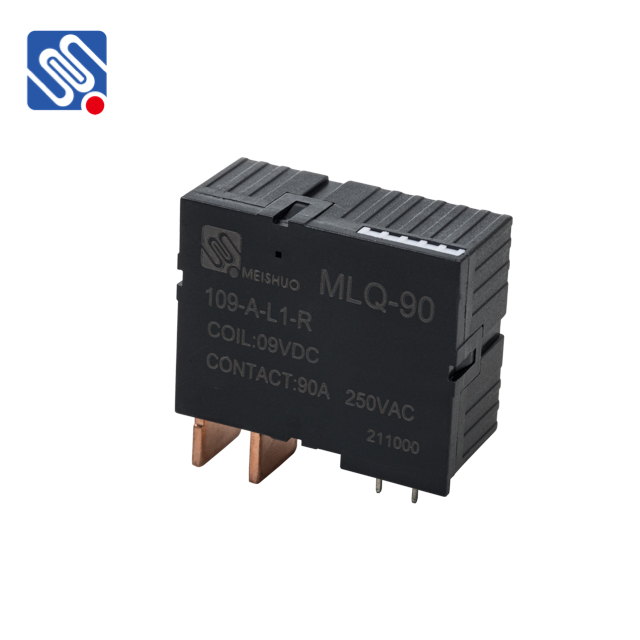Bistable relays, also known as double-stable relays, are a type of electromagnetic relay designed to hold two stable states without requiring continuous power. This unique feature distinguishes them from traditional relays, which typically consume power constantly to maintain their state. The bistable relay operates in a way that only a short pulse of energy is needed to switch between two states—either on or off—and it retains the state even when the power is removed. This remarkable characteristic makes bistable relays an essential component in various applications, especially in power-sensitive or energy-efficient systems.

The Working Principle of a Bistable Relay At its core, a bistable relay uses two stable states, meaning that the relay can “flip” between two positions and remain in each position without the need for constant input. This is accomplished through a clever design of its electromagnetic coil and a mechanical or electronic latching mechanism. A bistable relay typically features two coils—each designed to energize and hold the relay in one of its two stable states. When a voltage is applied to one coil, it generates a magnetic field strong enough to move an armature, changing the contact state of the relay. Once switched, the armature stays in its new position, keeping the relay’s contacts either open or closed.